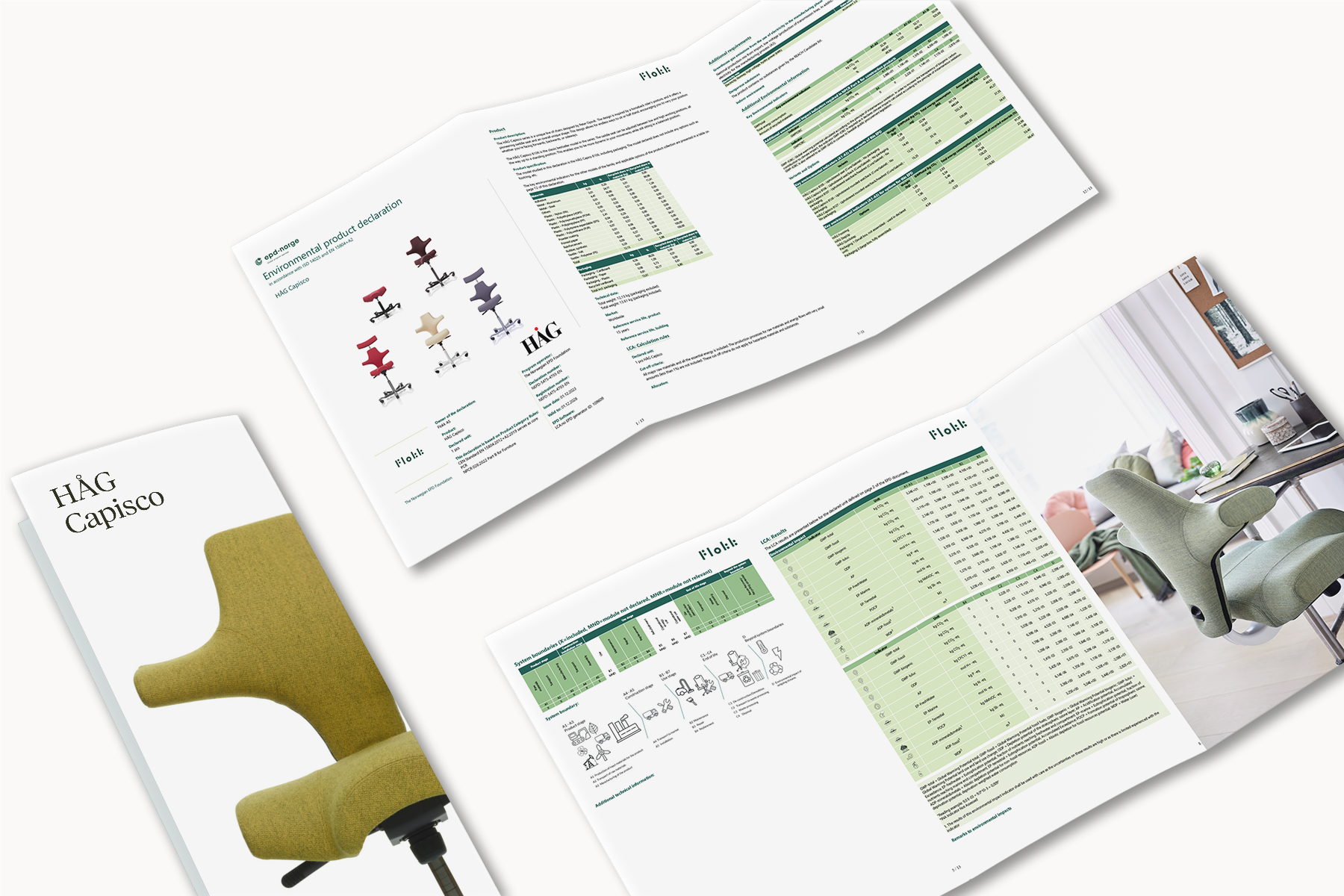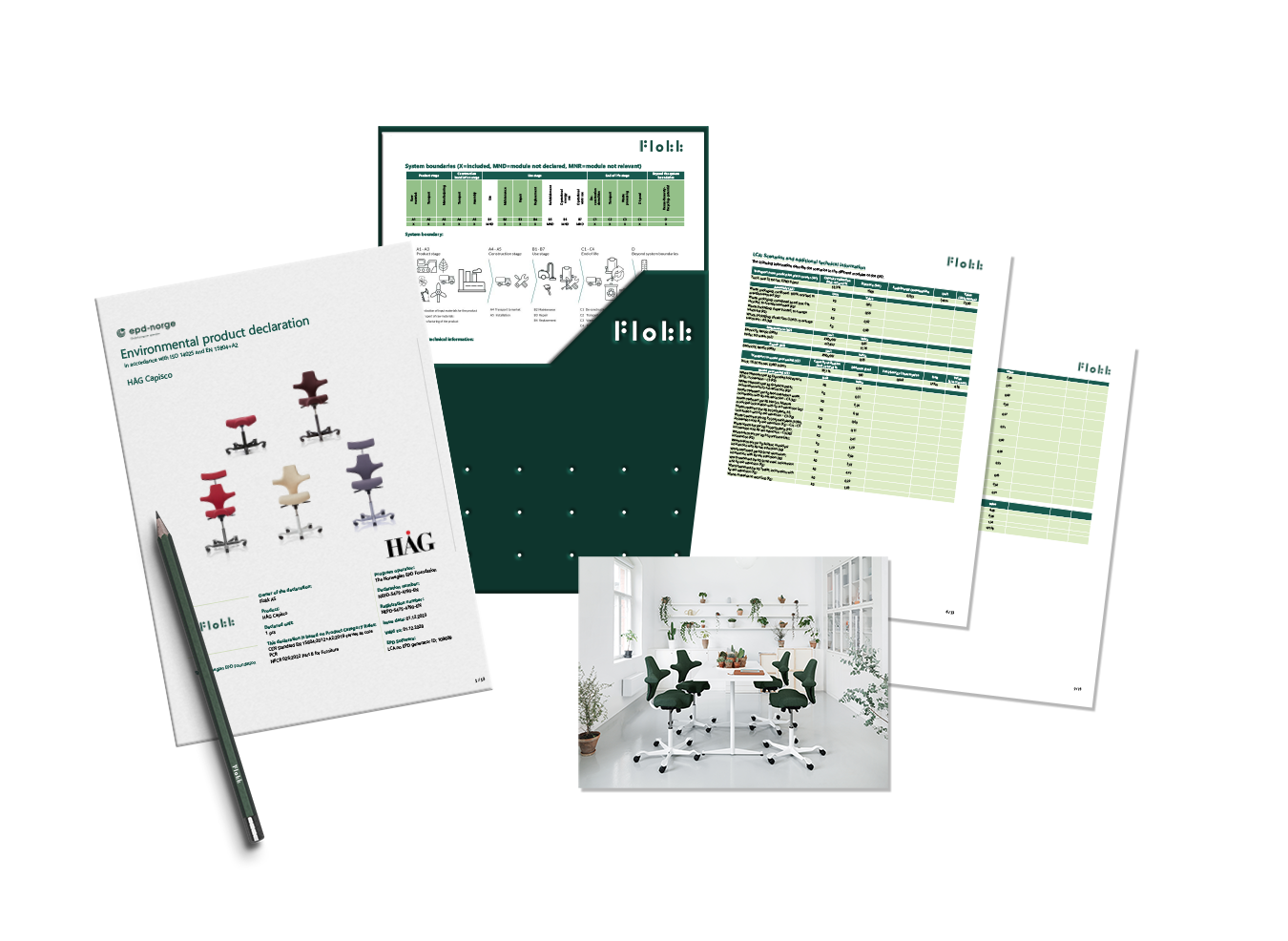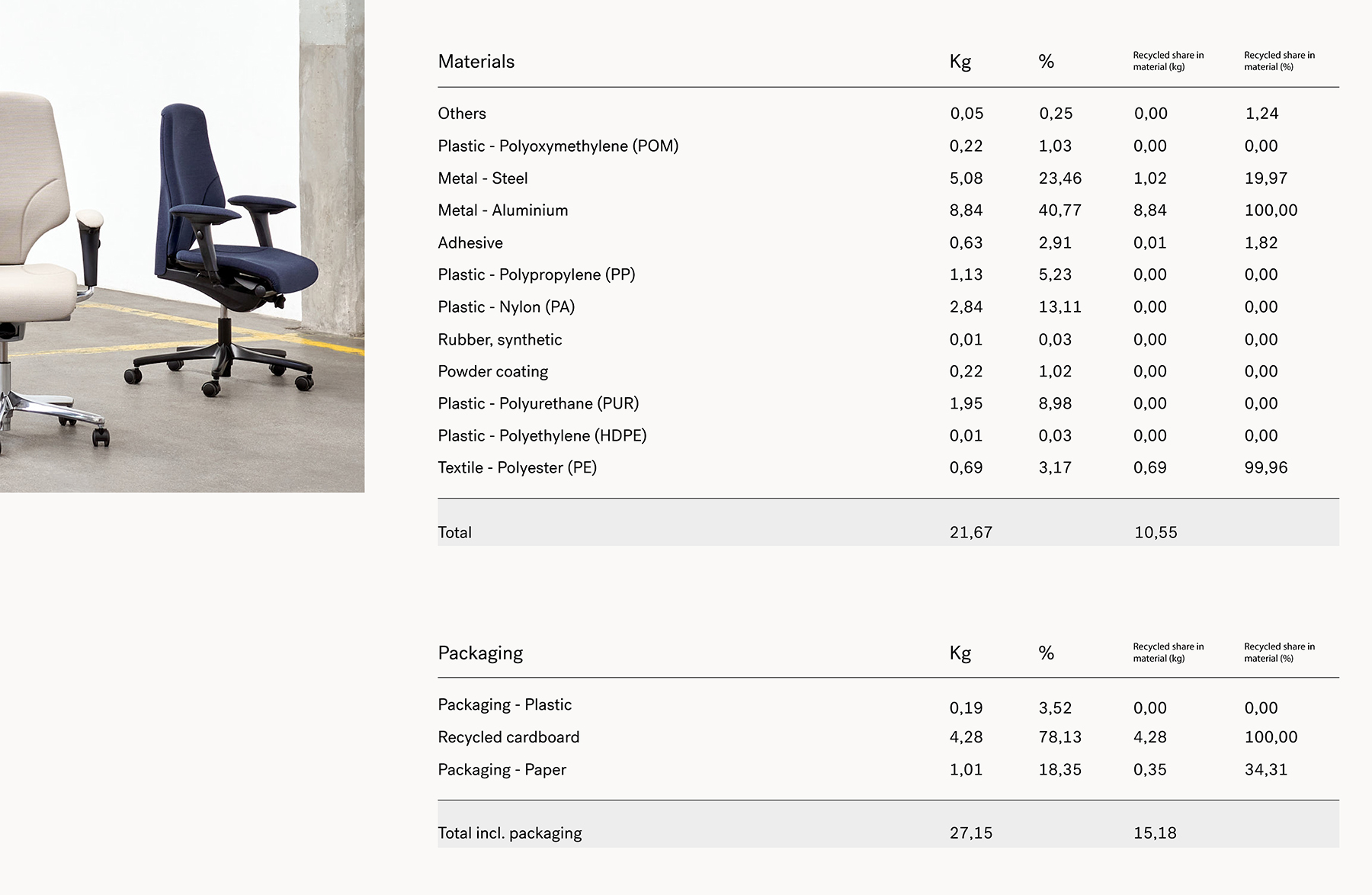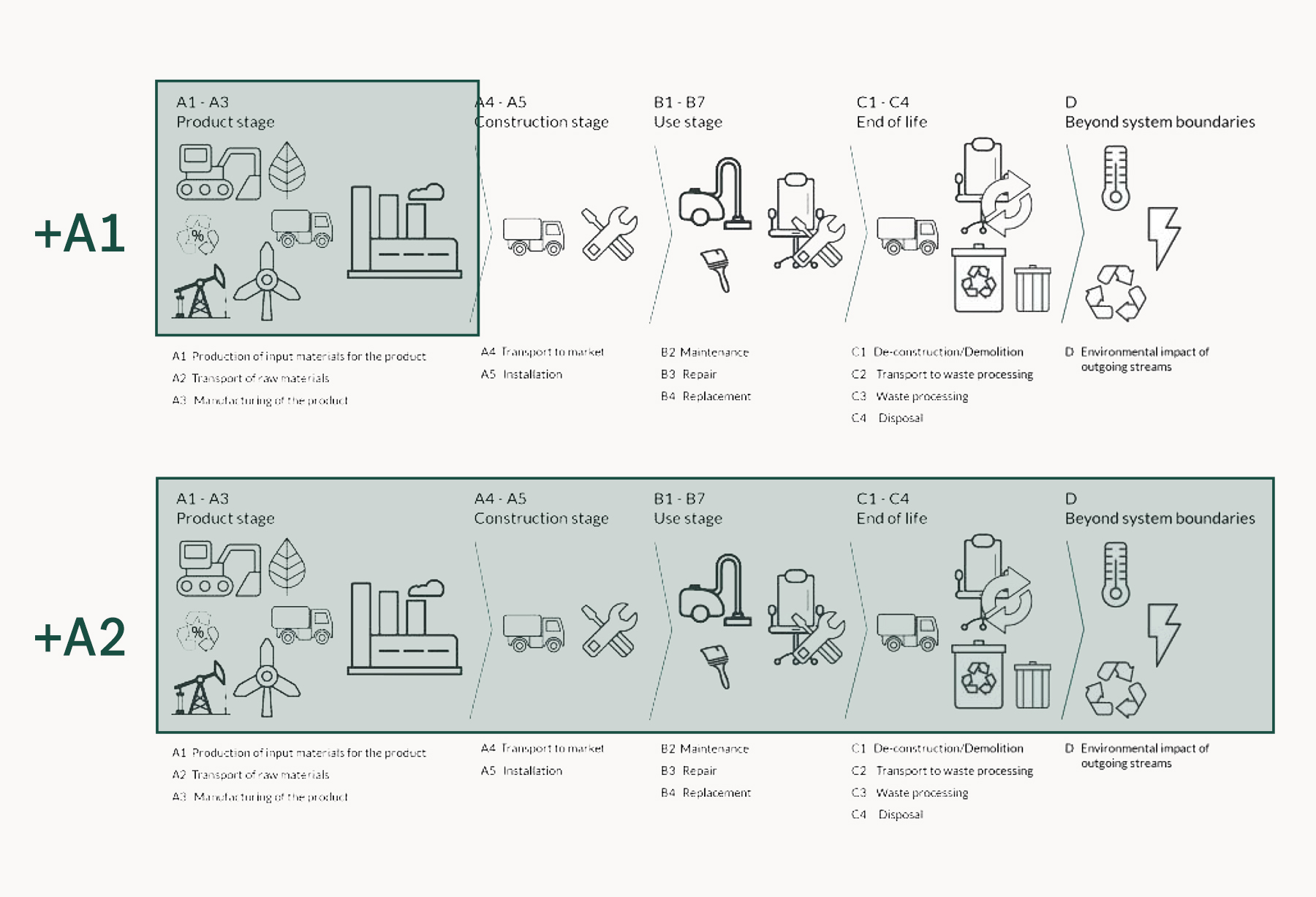EPDs or Environmental Product Declarations, are similar to the ingredients and nutritional information you find on your food. On food, this information doesn’t necessarily mean the food is good for you, it just provides you with the basic information required to determine the potential benefits or negative impacts the food will have on your personal health.
The same can be said about EPDs. They are not in any way an endorsement of a product's sustainability, but rather a complete overview of what a product is made of and the environmental impact it will have over its complete lifecycle. Using this information and with some basic understanding of the importance of specific data points, one can easily compare products to find a solution that meets your environmental demands.
So what does it actually show?
An EPD is an independently verified document of a product’s environmental performance throughout its lifecycle – from raw material extraction to end of life. It provides exact data on the materials which make up the product as well as the environmental impact that extraction, processing, and transportation of the materials has had. This includes various measures of pollution, energy consumption, and associated greenhouse gas emissions in the value chain. Presented in a standardised structure these documents allow easy comparisons between products to assess a comprehensive range of values.
At first sight, an EPD can be a bit daunting. There will be many rows of data, sometimes labeled in acronyms to save space. Despite this, after some research and practice, you should be able to quickly find the information you are looking for on any EPD.
The most fundamental statistic you can use is the overall carbon footprint of the product. Further down you can determine percentages of recycled materials, including packaging, as well as additional pollutants and undesirable materials.
EN 15804+A2 – The New Standard
Pre 2022 a lot of EPD reporting was optional, the only mandatory data covered manufacturing to sale. This meant raw material supply, transport and manufacturing. From 2022 a new standard became mandatory, known as EN 15804+A2 (as opposed to the previous EN 15804+A1) This requires data on the entire lifecyle, from use, to end of life and eventual future reuse.
Whilst all new EPD certification after 2022 has to be +A2, +A1 certification issued pre 2022 is still valid for 5 years.
Read more on the new EPD standard here
How to find EPDs
EPDs are public documents and can be found in various EPD registers online, as well as product websites. Unlike with food, EPDs are not mandatory with many manufacturers yet to adopt them as standard. Despite being recognised as an important tool to help promote sustainable choices, they are currently not widespread within the furniture industry. The process does take time and a certain level of commitment, as well as regular updates to maintain validity.
Flokk was the first company in the world to apply for a furniture EPD and has been renewing and adding new products to our EPD catalogue for many years. As of February 2024, Flokk has 57 Valid EPDs, 23 of which are +A2 EPDs. By December 2027, Flokk will only hold +A2 EPD certifications.
You can view all Flokk EPDs here.
Using EPDs in Workplace Design
EPDs that are verified by third parties are compliant with the ISO 14025 standard, as well as the EN 15804. When sustainability is a key issue for a client, interior architects and businesses can use EPDs to source the most suitable interior products. EPDs can help meet quotas on recycled content and overall carbon emissions, as well as help to reduce the use of products containing specific non-environmentally friendly materials such as chrome.
EPDs can also contribute to points and increase the BREEAM rating of a building certification scheme. They can assist in achieving additional green building certification such as LEED or WELL. This is because you can verify exactly the materials used in products helping to score various points within the certification schemes.
Everything you need to know about buying sustainable furniture
For more information read our how-to guide helping anyone understand what makes a piece of furniture sustainable – from design to delivery and all the way to its end of life – and what to look out for when buying





